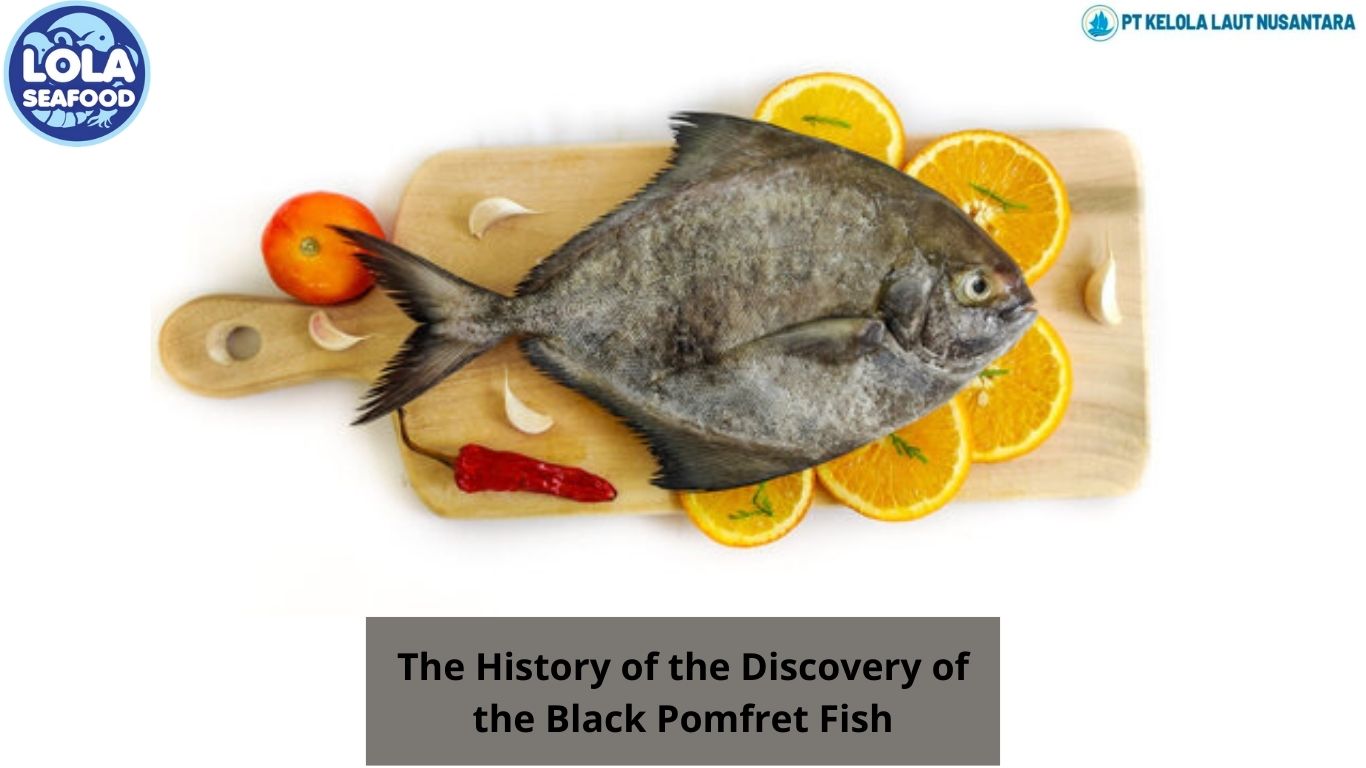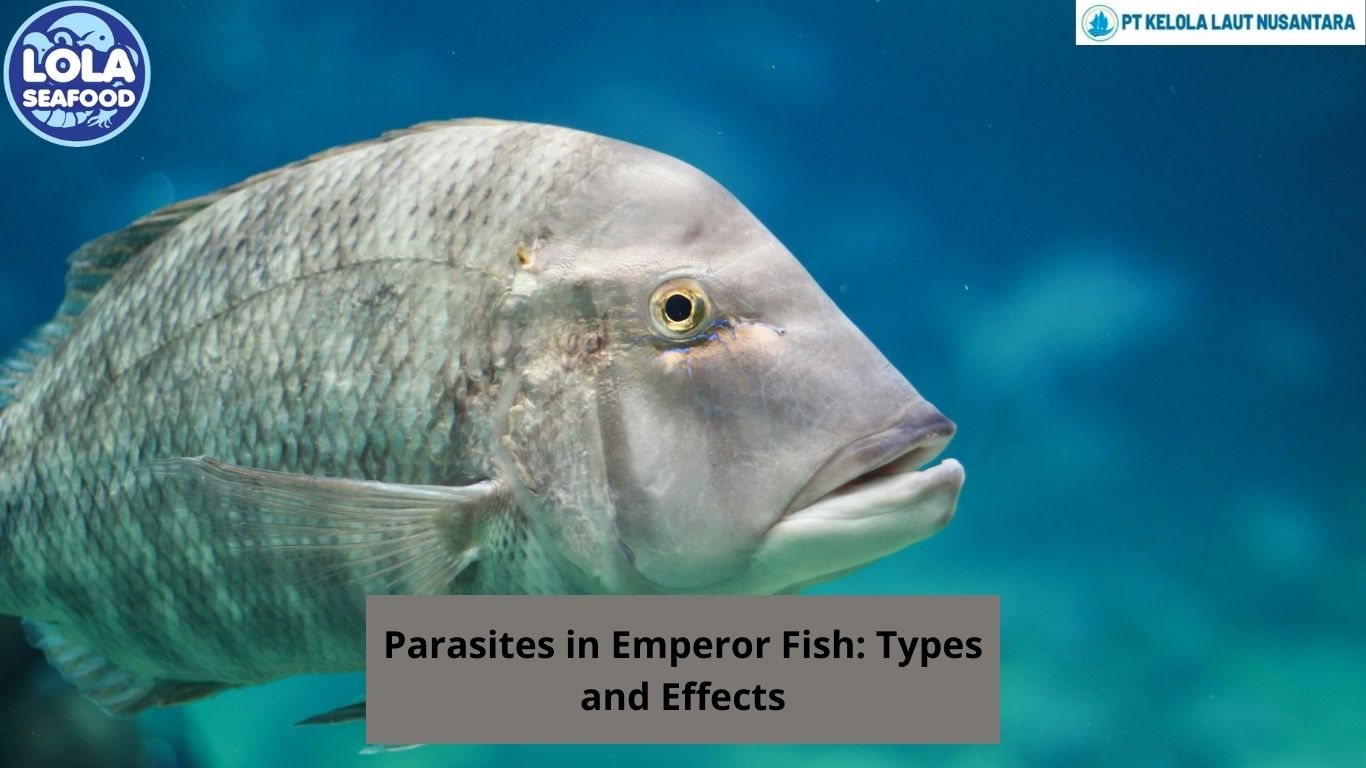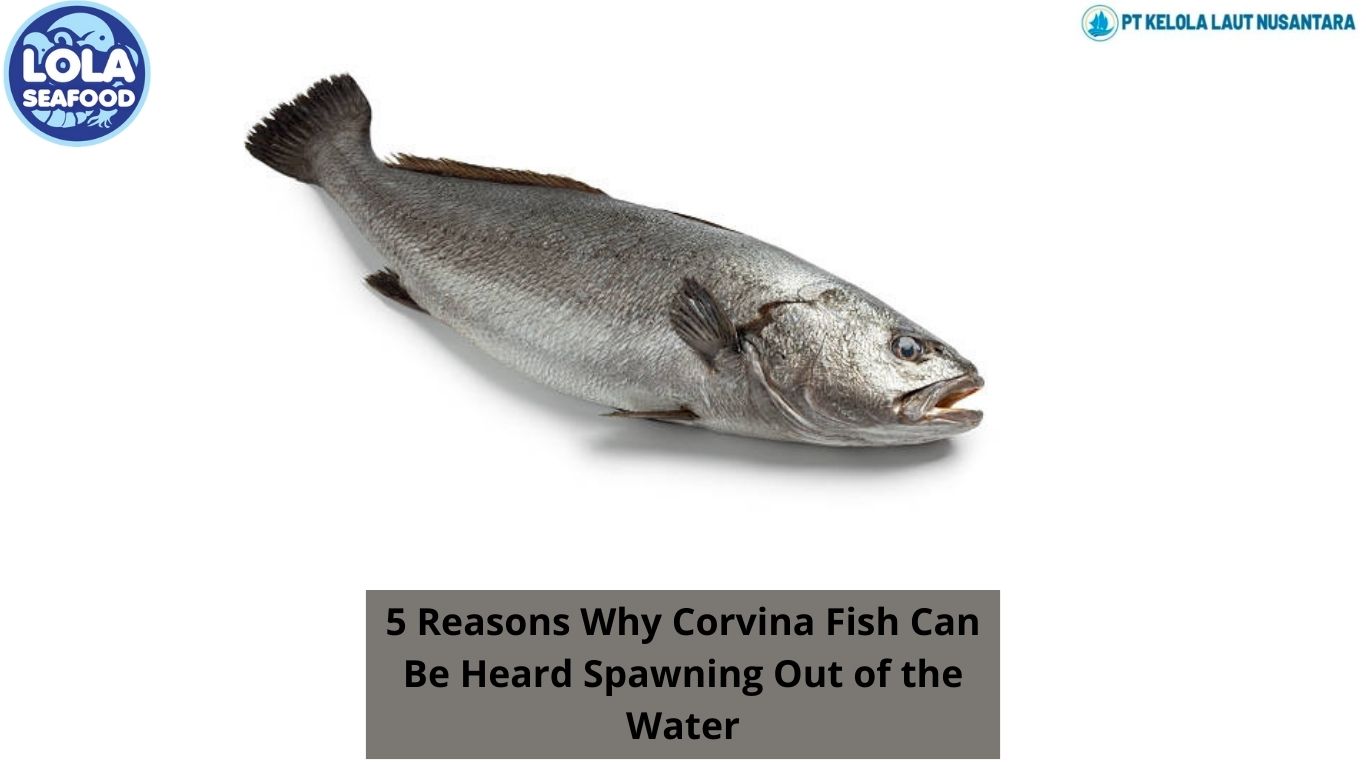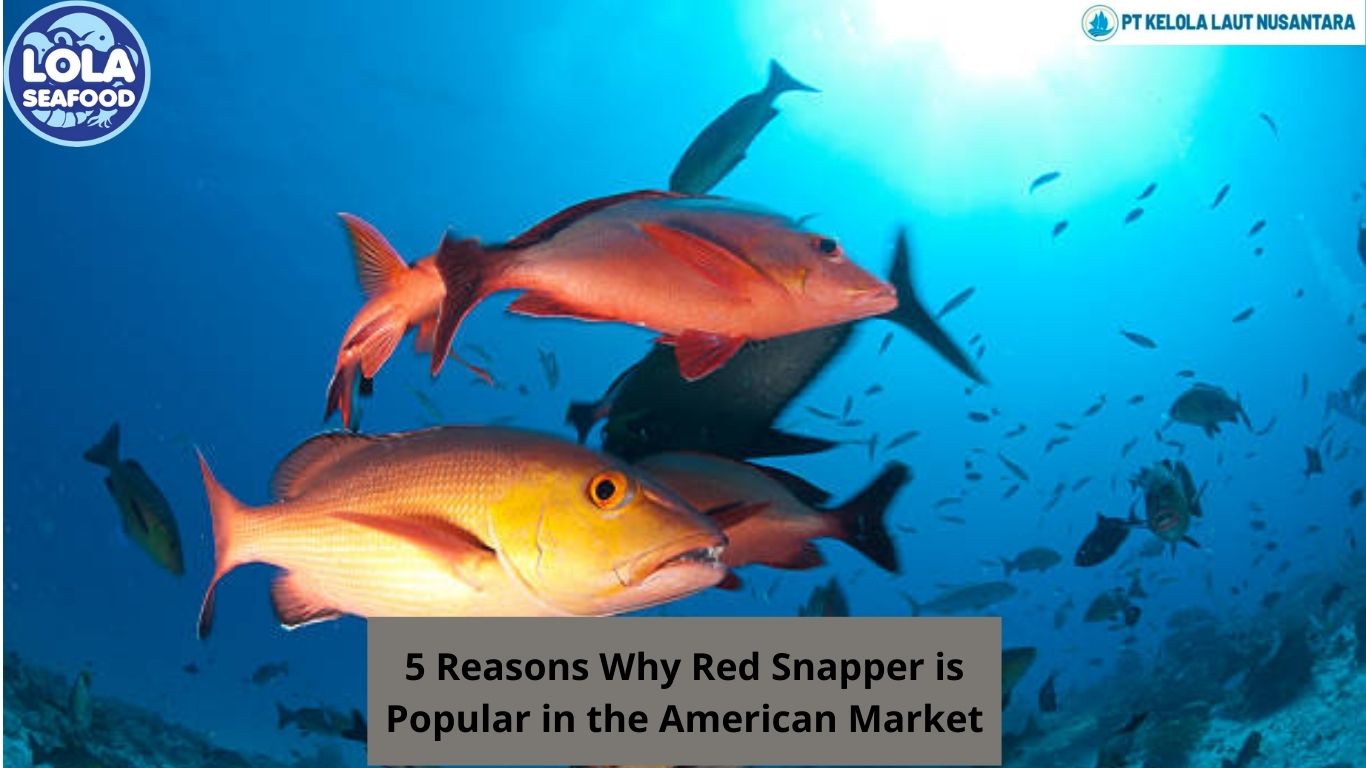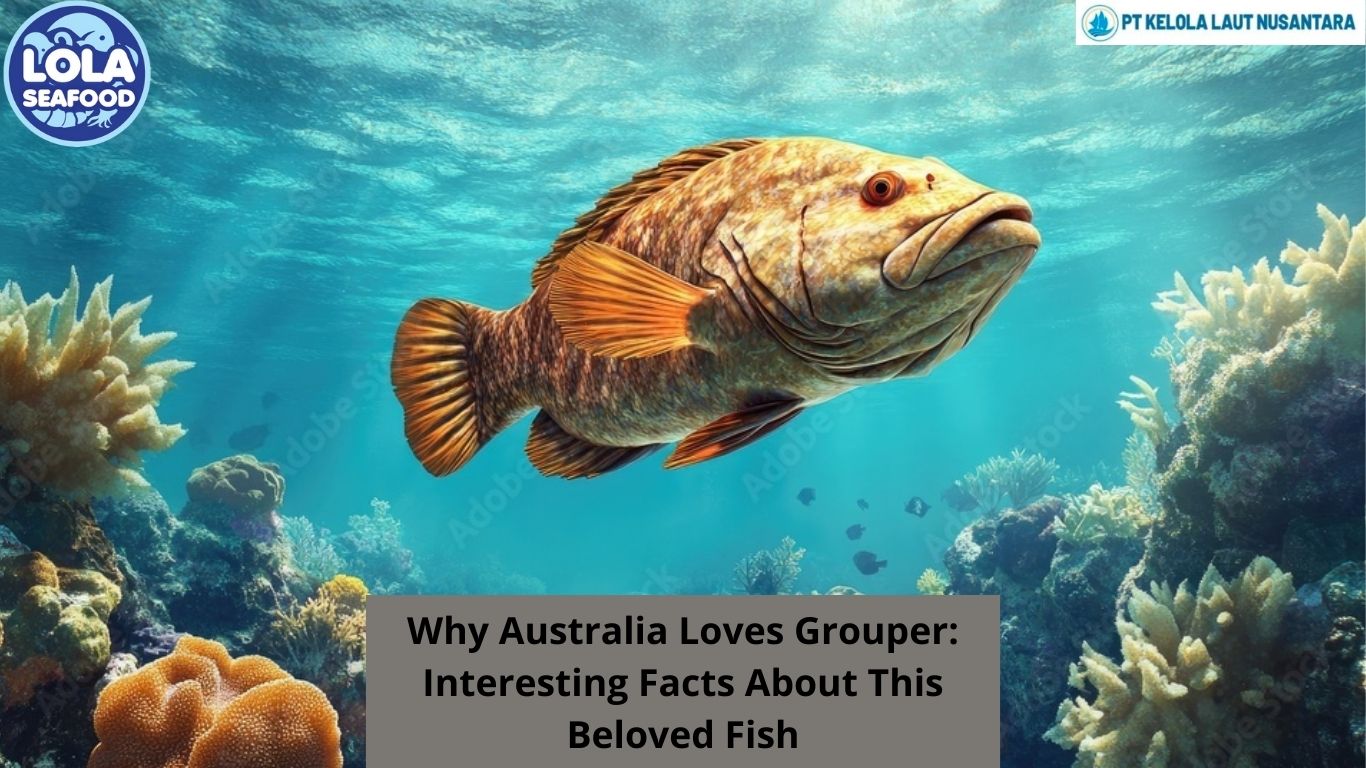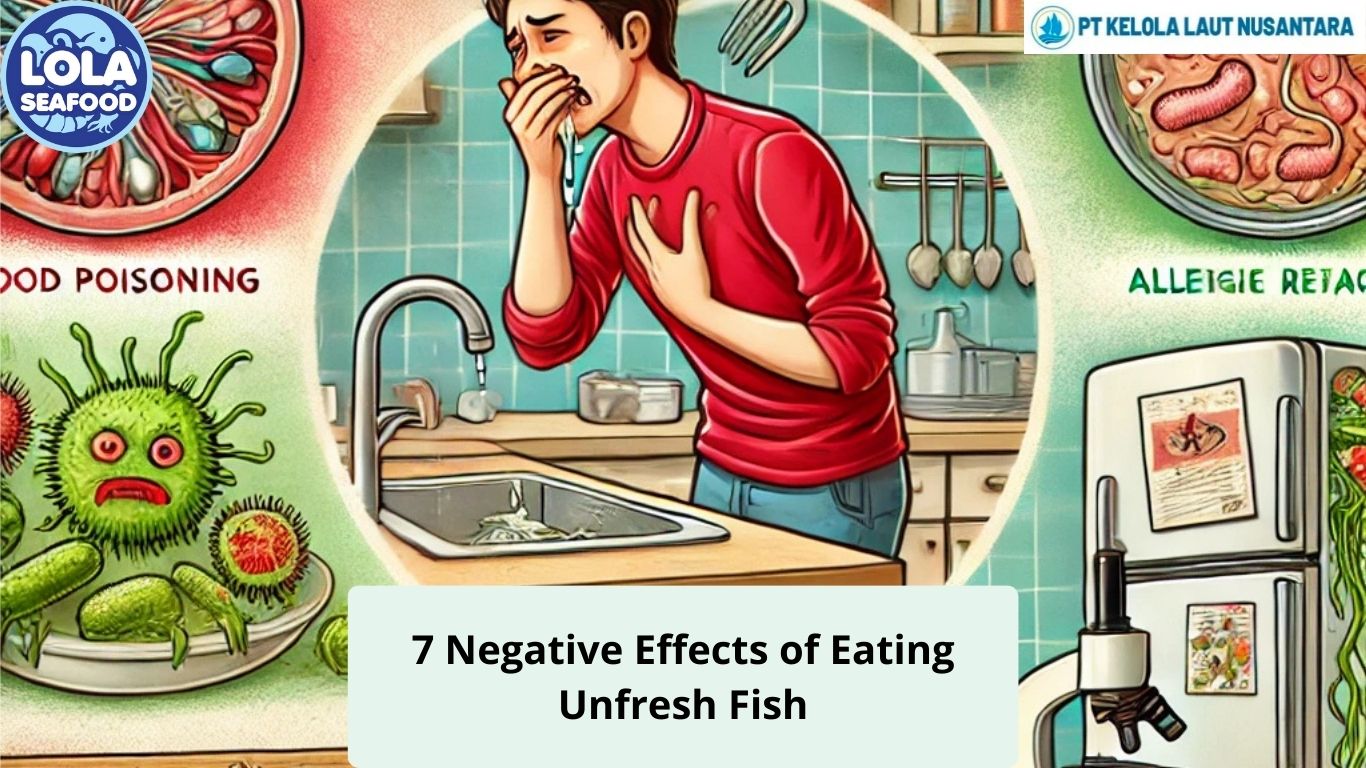5 Things to Know About Poisonous Bonito Gills
By. Sofie Thoriq - 20 Feb 2025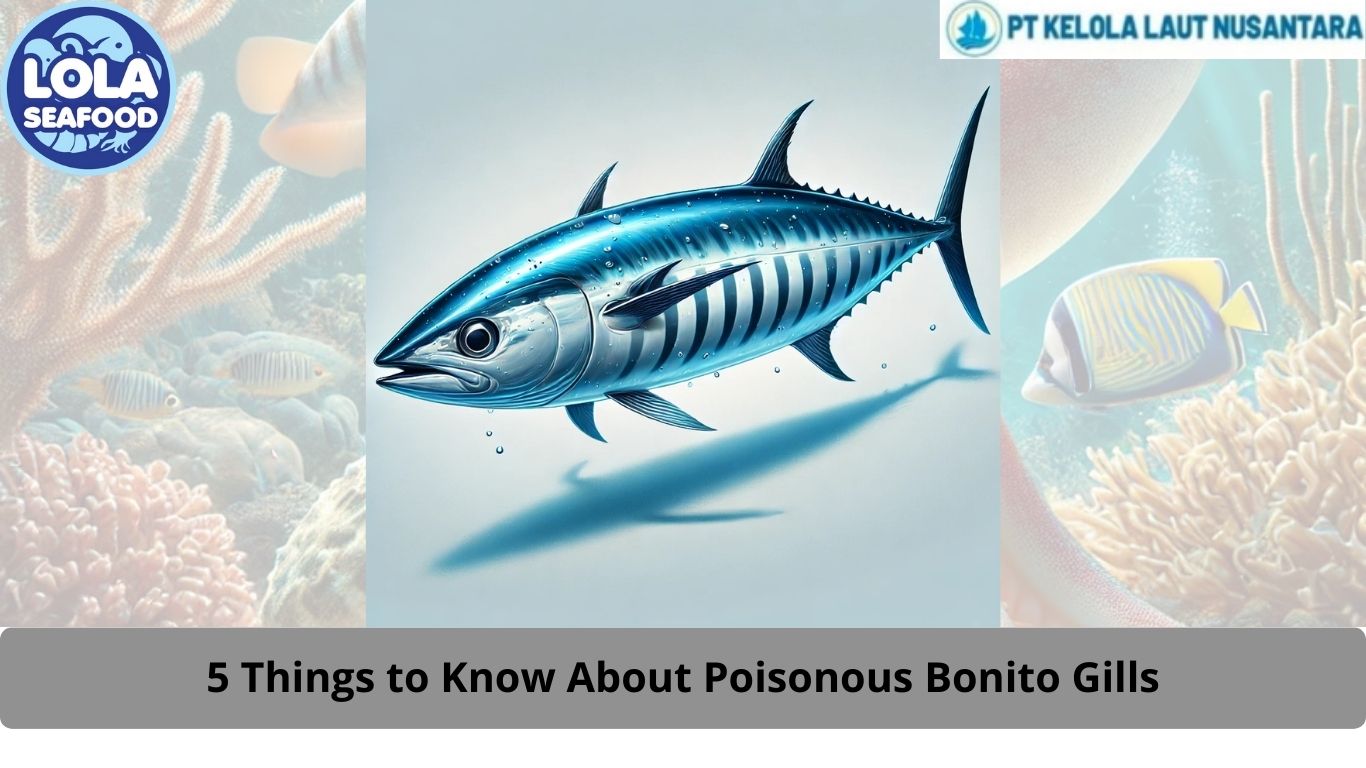
Kelolalaut.com Bonito is a popular fish among seafood lovers, often enjoyed grilled, dried, or in sushi. However, not many people are aware that certain parts of the bonito, specifically the gills, can be toxic. While bonito itself is not inherently poisonous, its gills can accumulate harmful substances that pose health risks when consumed. Here are five key things you should know about the dangers associated with bonito gills.
1. Toxic Buildup in Bonito Gills
The gills of bonito serve as the fish’s respiratory system, filtering water and trapping particles, including toxins, bacteria, and heavy metals. Because bonito are fast-moving predatory fish, they can accumulate high levels of toxins in their gills from their environment. This makes the gills a risky part to consume, especially if the fish has been caught in polluted waters.
2. Potential for Histamine Poisoning
One of the main dangers of consuming bonito, particularly its gills, is the risk of histamine poisoning, also known as scombroid poisoning. Bonito, like other members of the mackerel family, have high levels of histidine, which can convert into toxic histamine if the fish is not properly stored. The gills, being one of the first areas to spoil, can become a hotspot for histamine buildup, leading to symptoms such as nausea, vomiting, headaches, and allergic reactions.
3. Bacterial Contamination
Since the gills are constantly exposed to water and various microorganisms, they can harbor harmful bacteria, including Vibrio species and Salmonella. If bonito is not handled properly or if the gills are consumed raw, there is an increased risk of foodborne illness. Cooking the fish thoroughly can reduce bacterial risks, but it is still recommended to avoid consuming the gills altogether.
4. Presence of Marine Biotoxins
Some bonito populations may be exposed to toxic algae blooms, which produce marine biotoxins like ciguatoxins or saxitoxins. While these toxins are more commonly associated with reef fish, bonito that feed in affected waters can accumulate them. The gills, which filter large amounts of water, can contain higher concentrations of these toxins, potentially causing neurological symptoms such as dizziness, tingling sensations, and muscle weakness.
5. Safe Consumption Practices
To minimize health risks, it is advisable to avoid consuming bonito gills altogether. Instead, focus on the edible flesh, which is rich in protein, omega-3 fatty acids, and essential nutrients. If you catch bonito yourself, ensure that it is gutted and cleaned properly, discarding the gills immediately. For store-bought bonito, opt for reputable sources that follow strict quality control measures. Proper refrigeration and immediate consumption after purchase also help prevent spoilage and toxin formation.
While bonito is a delicious and nutritious fish, its gills pose several health risks due to toxin accumulation, histamine buildup, bacterial contamination, and potential exposure to marine biotoxins. Understanding these dangers can help you make safer seafood choices and enjoy bonito without unnecessary health risks. Always prioritize proper handling, storage, and cooking methods to ensure a safe dining experience.
If you are interested in our bonito whole round, bonito fillet portion cut and bonito fillet loin please do not hesitate to contact us through email and/or whatsapp
